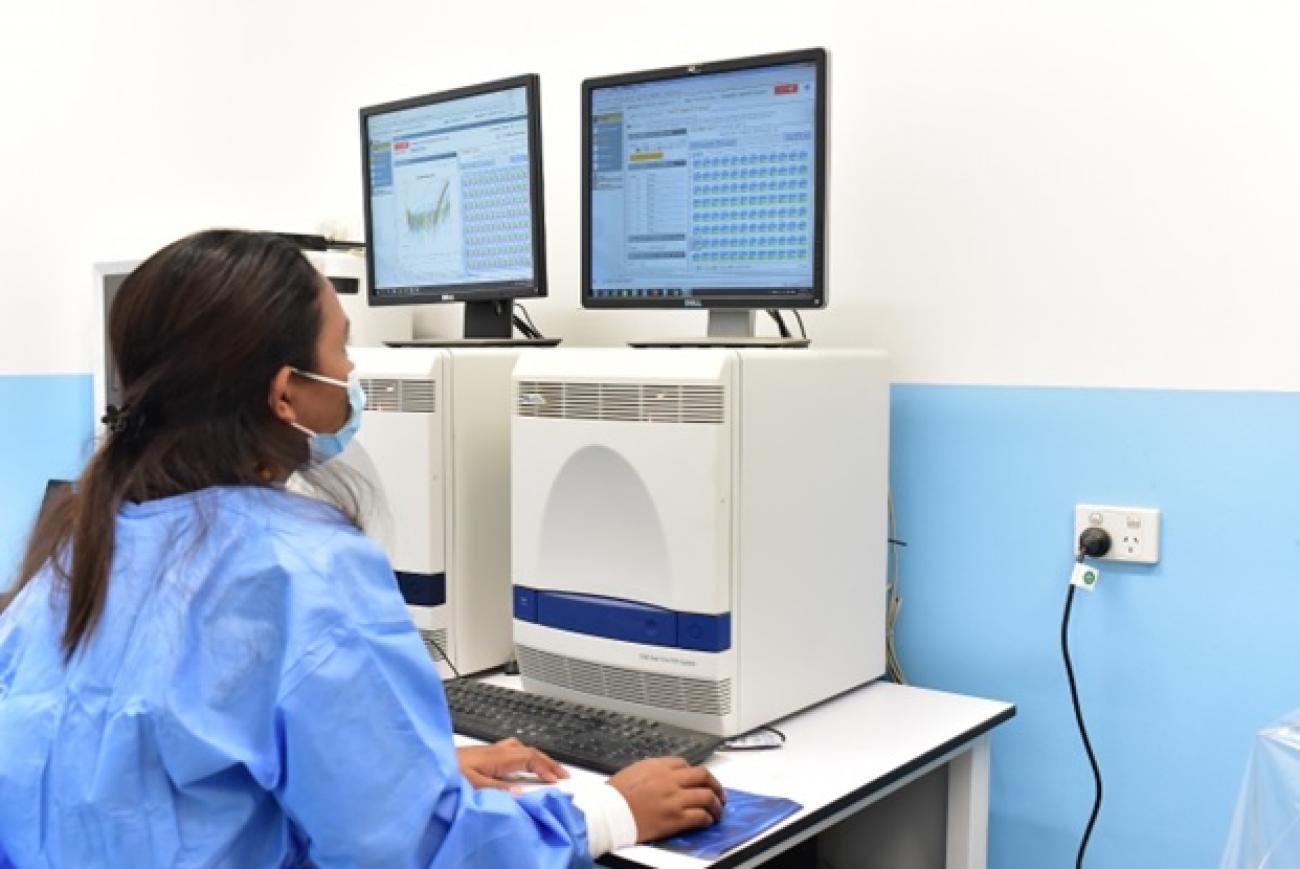Timor-Leste’s National Health Laboratory recognized as a National Influenza Centre

-
Dili: The influenza laboratory at the Timor-Leste’s National Health Laboratory has been recognized as the National Influenza Centre (NIC) under the WHO’s Global Influenza Programme, and as a member of the Global Influenza Surveillance and Response System (GISRS).
The National Health Laboratory is under the National Institute of Public Health Timor-Leste (NIPH-TL). Its recognition as a NIC marks a crucial step towards strengthening the global fight against influenza and other respiratory diseases. With this recognition, the number of NICs in the WHO Southeast Asia Region is now 13.
NICs collect virus specimens, conduct preliminary analysis, and share these specimens with the WHO collaborating centres for advanced analysis. This advanced analysis contributes to the WHO’s recommendations on development of appropriate vaccines against seasonal influenza and helps conduct pandemic risk assessment by tracing the global circulation of emerging strains.
NICs are national institutions designated by national ministries of health and recognized by WHO. They facilitate influenza virus sharing, which is termed a cornerstone of preparing the world against future pandemics.

Ms Endang Soares da Silva, heads of the National Health Laboratory. Photo: WHO Timor-Leste.
“This is indeed a very big development for Timor-Leste,” said Ms Endang Soares da Silva, who heads the National Health Laboratory. “The interventions that we undertook to qualify as an NIC have helped in strengthening the overall processes at the National Health Laboratory, including the capacities for integrated influenza and COVID-19 surveillance,” she said.
The national laboratory has been sharing virus specimens and testing data with the WHO since 2016. Timor-Leste’s Ministry of Health officially requested WHO to recognize the national laboratory as a NIC in 2022. To make this happen, experts from the WHO Collaborating Centre in Melbourne, Australia, teamed up with WHO's South East Asia Regional Office and national stakeholders to review the country’s sentinel surveillance network and assess the laboratory for the NIC recognition. They conducted interviews with laboratory staff, reviewed laboratory documents, assessed testing procedures, and visited surveillance sites.
The assessment revealed areas needing improvement, such as biorisk management, quality control, and document handling in the short term. In the long term, equipment maintenance and calibration needed attention. The WHO Collaborating Centre agreed to mentor NHL staff to implement these changes and attain NIC status.
“The sheer dedication of the laboratory staff, despite dabbling with the pressures during COVID-19, and the resolute of the Ministry of Health made the recognition possible,” said Dr Arvind Mathur, WHO Representative to Timor-Leste. “The recognition as an NIC will enhance the country’s capacity in monitoring influenza and other respiratory viruses, overall disease surveillance and also help in outbreak preparedness and response nationally,” he said.
Support from the Pandemic Influenza Preparedness (PIP) Framework Partnership Contribution (PC) and other partners helped establish core testing capabilities, enabling the national laboratory’s recognition as an NIC. To date, GISRS has 152 NICs in 128 WHO Member States, or in 131 countries, areas, and territories.
The official announcement of the laboratory’s recognition as an NIC came in August 2023.

